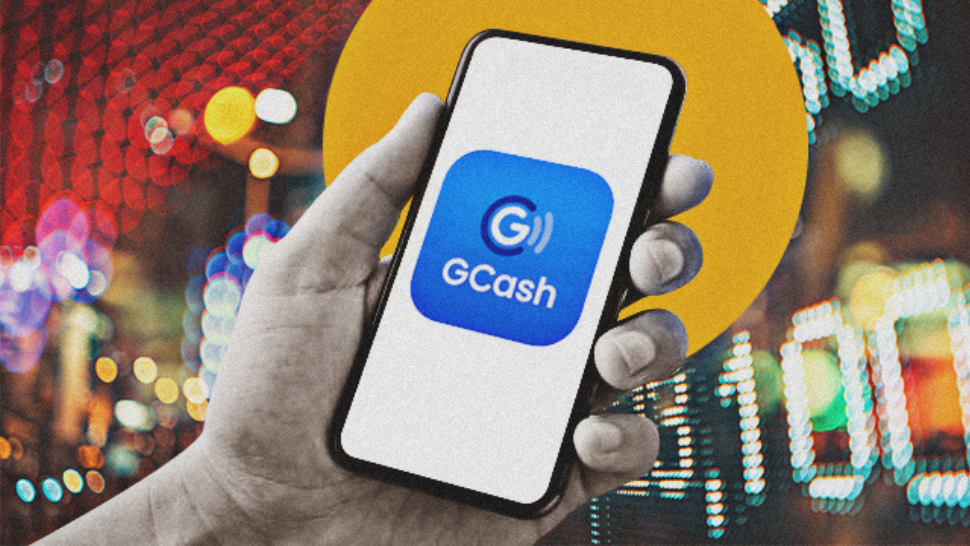GCash, the Philippines’ leading mobile wallet operated by Mynt under Globe Fintech Innovations, has decided to delay its highly anticipated initial public offering (IPO) to the second half of 2026.
The fintech giant’s move reflects the cautious mood among investors and ongoing volatility in the Philippine stock market. Originally expected to list as early as 2025, the offering was projected to raise between US$1 billion and US$1.5 billion — a scale that would have made it the largest IPO in Philippine history, surpassing Monde Nissin’s record in 2021.

This delay signals both GCash’s financial confidence and its strategic patience. Rather than rushing to list in a challenging environment, the company appears intent on waiting for the right market conditions that will maximize its valuation and investor reception.
Why the delay: Market headwinds and strategic timing
Despite GCash’s strong fundamentals and dominance in the Philippine fintech space, the broader stock market climate remains less than ideal for a massive public listing. The Philippine Stock Exchange Index has struggled in recent months, reflecting investor caution and muted appetite for new listings.

Listing during such conditions could lead to lower valuations, weaker trading performance, and limited investor participation. By postponing its IPO, GCash is effectively protecting its long-term value proposition, ensuring that when it does debut, it can do so at a price that reflects its true potential.
The company’s management has also emphasized that GCash is not in urgent need of fresh capital. The platform continues to be profitable, cash flow-positive, and operationally strong. This gives the fintech the flexibility to wait until sentiment improves — a luxury not all companies enjoy. The decision underscores a focus on long-term growth rather than short-term financial gains.
The scale of the listing and what’s at stake
When it eventually happens, GCash’s IPO will be a landmark moment for the Philippines. Market observers expect it to raise between US$1 billion and US$1.5 billion, which would make it the largest IPO in the country’s history.

GCash has more than 90 million users, making it the country’s most widely used digital financial platform. Its parent company, Mynt, counts major investors among its shareholders, including Ant Group and Japan’s MUFG.
These global backers give GCash the kind of institutional credibility that few local fintechs possess — a factor that will likely attract significant investor attention once listing conditions stabilize.
Beyond raising capital, the IPO would mark a major validation of the Philippines as an emerging fintech hub. A successful GCash listing could set the stage for more local fintechs to explore public-market exits, paving the way for increased innovation, capital inflows, and investor confidence in the country’s digital economy.
Implications for the Philippine fintech landscape
The decision to delay has ripple effects beyond GCash. For the broader fintech community, it serves as a reminder that even market leaders must remain agile and responsive to macroeconomic trends. It highlights how timing — not just scale — plays a crucial role in determining IPO success.
Other local fintechs and tech-driven firms that have been eyeing the public market may also rethink their timelines. While regulators such as the Securities and Exchange Commission and the Philippine Stock Exchange have worked to make listing requirements more flexible, sentiment remains key. Companies may focus first on strengthening their governance, profitability, and market positioning before taking the public leap.

For GCash, the extended runway means more time to expand its product suite — from payments and savings to credit, insurance, and investments — while fortifying its regulatory and compliance frameworks. This additional preparation could make its eventual IPO stronger, more sustainable, and more appealing to both retail and institutional investors.
The delay also reflects broader investor dynamics in emerging markets: global uncertainty, high interest rates, and currency fluctuations have all contributed to market caution. Yet this pause may also create opportunities — by the time GCash lists, the environment could be more favorable, both in terms of valuation and investor enthusiasm for fintech.
What lies ahead: Navigating the listing horizon
As GCash continues to dominate digital finance in the Philippines, its focus over the next year will likely revolve around deepening customer engagement, strengthening compliance standards, and refining its IPO roadmap. The company’s timing could prove advantageous if the Philippine market rebounds and global investor confidence improves by mid-2026.

Three factors will be critical in shaping GCash’s listing journey:
- Market recovery – The performance of the Philippine equities market and broader economic trends will determine investor appetite.
- Business performance – Sustained growth in user base, transaction volume, and product diversification will be key to maintaining investor interest.
- Regulatory environment – Continued support from local regulators and potential reforms could make public listings more attractive for fintech firms.
If GCash manages to align these factors, its eventual IPO could not only make history but also redefine how Philippine fintechs access capital markets.
The road to a stronger debut
The delay of GCash’s IPO may have tempered short-term excitement, but it signals a prudent, well-timed strategy that could pay off in the long run. By waiting for the right market conditions, GCash is actually positioning itself to deliver a more stable, value-driven listing that reflects its true scale and potential.
More than just a corporate move, this decision marks a defining moment for Philippine fintech — one that underscores its maturity, strategic thinking, and resilience in an evolving financial landscape. When GCash finally makes its debut, it won’t just be another IPO; it will be a milestone for the entire industry.








